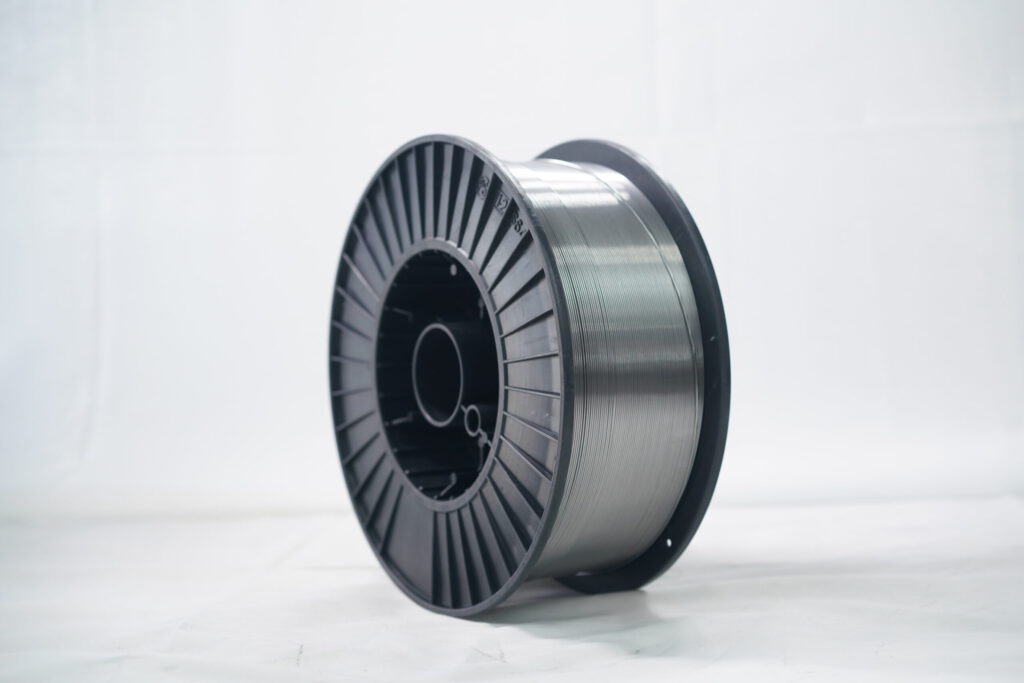Explore the different types of flux core welding wire to find the best option for your needs.
Flux core wire types are essential in welding and fabricating metal. They come in many different shapes and sizes and are used to create a variety of welds. Knowing the different types of flux core wire can help you select the right one for your project.
Why is flux core welding wire important?
Flux core welding wire is the most critical type because it is versatile. Flux core wire can be used in various welding processes, including gas tungsten arc welding (GTAW), shielded metal arc welding (SMAW), and MIG welding.
Flux core wire is also the most versatile welding wire type because it can be used with various torches and welder types. In addition, flux core wire can be used with both TIG and MIG welders, making it the perfect choice for projects that require a wide range of weld joints.
Additionally, flux core wire is the most forgiving wire when it comes to mistakes. Because flux core wire is not as heat-sensitive as other welding wires, you can make more mistakes without causing too much damage. This makes flux core welding one of the safest methods for joining metals.
What are the different types of flux core welding wire?
Flux core welding wire comes in various types, each with specific characteristics that make it perfect for certain applications. Here’s a quick overview of the most common types:
Ferric (Fe) core wire
Ferric (Fe) core wire is made of a mixture of iron and copper and is the most common type of flux core wire. It’s solid and resistant to heat, making it ideal for welding thick metal sheets.
Argon (Ar) core wire
Argon (Ar) core wire is made of a pure form of argon gas, which makes it ideal for welding delicate materials without risking oxidation. Argon core wire is also less likely to create sparklers during welding, which can be dangerous if you’re working near live wires.
Copper (Cu) core wire
Copper (Cu) core wire is also made of a mixture of iron and copper, but with a higher percentage of copper. This makes the copper core wire more heat-resistant than iron core wire and ideal for welding thin metal sheets. Copper also has slightly lower oxidation resistance, so it’s better suited for rust-prone materials.
Discover the Power of Flux Core Welding with the Ultimate Guide to Flux Core Welding Wire Types!

Which flux core welding equipment is best for you?
For many years, flux core welding has been a popular choice for welding together metal pieces. The process is simple: you place the metal pieces to be welded into a flux-cored wire, then apply heat and electricity to the wire. The wire’s flux helps create a strong bond between the metals.
Flux core welding is an excellent option for someone looking for an easy, low-cost way to weld together two or more pieces of metal. However, there are several factors to consider when selecting a flux core welder.
Some factors you should consider include the type of wire you are using, the voltage and Amps your welder can handle, and the type of shielding you will need. Various kinds of flux core welding wire are available on the market, and each has its advantages and disadvantages. Below is a list of some of the most common types of flux core welding wire, along with some tips on choosing the right one for your needs.
1) AC Power Welder
If you plan on using your welder at home or a small shop, an AC power welder is likely your best option. These weavers can handle up to 650volts, which is enough power to weld most metals.
2) DC Power Welder
If you plan on using your welder at a more extensive shop or home with an AC outlet, a DC power welder is likely your best option. These weavers can handle up to 12,000 volts, which is enough power to weld most metals.
3) Flux Core Welder
If you are looking for an easy and affordable way to weld metal pieces together, a flux core welder is a perfect choice. These weavers use a single wire with a flux coating, making the process simple and easy to learn.
4) MIG Welder
If you are looking for a more advanced option, a MIG welder is likely your best bet. MIG welding machines can handle higher voltages and temperatures than other types of welders, making them ideal for welding thick metal pieces together.
5) TIG Welder
If you are looking for the highest accuracy and precision when welding metal pieces together, a TIG welder is likely your best bet. However, TIG welding machines require high levels of voltage and heat to work correctly, which can be challenging to maintain in more significant.
